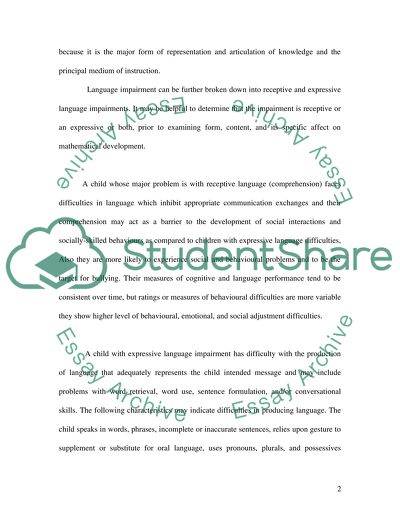Cite this document
(“Specific Language Impairment Essay Example | Topics and Well Written Essays - 2500 words”, n.d.)
Retrieved from https://studentshare.org/education/1515181-specific-language-impairment
Retrieved from https://studentshare.org/education/1515181-specific-language-impairment
(Specific Language Impairment Essay Example | Topics and Well Written Essays - 2500 Words)
https://studentshare.org/education/1515181-specific-language-impairment.
https://studentshare.org/education/1515181-specific-language-impairment.
“Specific Language Impairment Essay Example | Topics and Well Written Essays - 2500 Words”, n.d. https://studentshare.org/education/1515181-specific-language-impairment.


